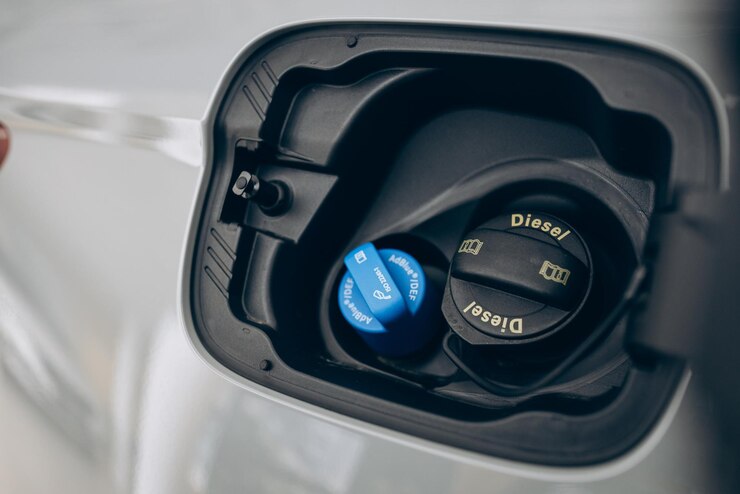AdBlue is a crucial component in modern diesel engines equipped with Selective Catalytic Reduction (SCR) systems. It helps reduce harmful emissions by converting nitrogen oxides into harmless nitrogen and water vapor. However, if the AdBlue quality is compromised, it can lead to engine performance issues and trigger the low AdBlue quality warning light on the dashboard. In this article, we will explore the importance of AdBlue quality, common causes of low AdBlue quality warning lights, and provide troubleshooting tips and maintenance practices to address the issue effectively.
Importance of AdBlue Quality:
AdBlue is a urea-based solution that must meet certain standards to ensure proper functioning of the SCR system. It is essential to use high-quality AdBlue to maintain optimal emission reduction and prevent damage to the catalytic converter. Low-quality AdBlue or AdBlue that is contaminated can result in reduced emission control efficiency, increased emissions, and potential damage to the SCR system.
Common Causes of Low AdBlue Quality Warning Lights:
- Contaminated AdBlue: AdBlue can become contaminated if it comes into contact with substances such as water, oil, dust, or other contaminants. Contamination can occur during storage, handling, or refilling the AdBlue tank with non-compliant or impure AdBlue.
- Diluted AdBlue: Dilution of AdBlue can occur when an unauthorized or non-compliant additive or fluid is mixed with the AdBlue solution. Diluted AdBlue compromises its ability to effectively reduce emissions, leading to the low AdBlue quality warning light.
- AdBlue Aging: AdBlue has a limited shelf life, and its quality can degrade over time due to exposure to sunlight, heat, or moisture. Aging AdBlue may not provide the required concentration of urea, resulting in reduced emission control efficiency.
Troubleshooting and Maintenance Tips:
- Refill with High-Quality AdBlue: If the low AdBlue quality warning light illuminates, the first step is to ensure that the AdBlue tank is refilled with high-quality AdBlue from a reputable source. Consult your vehicle’s manual for the recommended AdBlue specifications and proper refilling procedure.
- Drain and Replace Contaminated AdBlue: If the AdBlue has been contaminated, it is crucial to drain and replace the entire AdBlue solution in the tank. Contact a professional service provider or authorized dealer to assist with proper draining and disposal of the contaminated AdBlue.
- Avoid Mixing or Diluting AdBlue: Never mix or dilute AdBlue with other fluids or additives unless specifically instructed by the vehicle manufacturer. Mixing or diluting AdBlue can lead to low AdBlue quality and potential damage to the SCR system. Always use pure, compliant AdBlue to ensure optimal performance.
- Store AdBlue Properly: AdBlue should be stored in a cool, dry place, away from direct sunlight and extreme temperatures. Ensure that the AdBlue container is tightly sealed to prevent contamination or moisture absorption.
- Regularly Inspect and Maintain the AdBlue System: Periodically inspect the AdBlue system for any signs of leaks, damaged components, or contamination. If any issues are detected, it is recommended to consult a qualified mechanic or authorized service center for proper diagnosis and repairs.
- Follow Maintenance Schedule: Adhere to the recommended maintenance schedule provided by the vehicle manufacturer. This includes regular AdBlue system checks, tank cleaning if necessary, and replacement of filters or components as per the manufacturer’s guidelines.
- Monitor AdBlue Consumption: Keep track of AdBlue consumption and refill the AdBlue tank in a timely manner to avoid running out. Running out of AdBlue can result in reduced engine performance and potential damage to the SCR system.
Low AdBlue quality can impact the performance and efficiency of the Selective Catalytic Reduction system, leading to increased emissions and potential damage to engine components. By understanding the importance of AdBlue quality and following the troubleshooting and maintenance tips outlined in this article, you can effectively address low AdBlue quality warning lights, maintain optimal emission control, and ensure the proper functioning of your vehicle’s SCR system. Regular monitoring, proper storage, and using high-quality AdBlue are key to preserving the efficiency and longevity of the AdBlue system.











